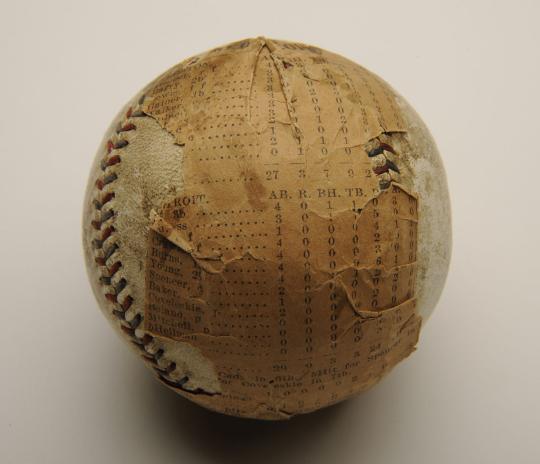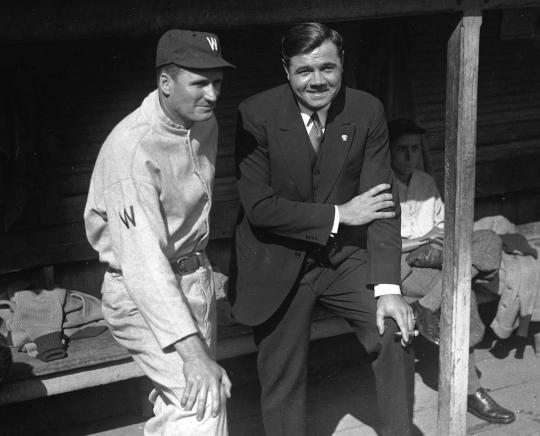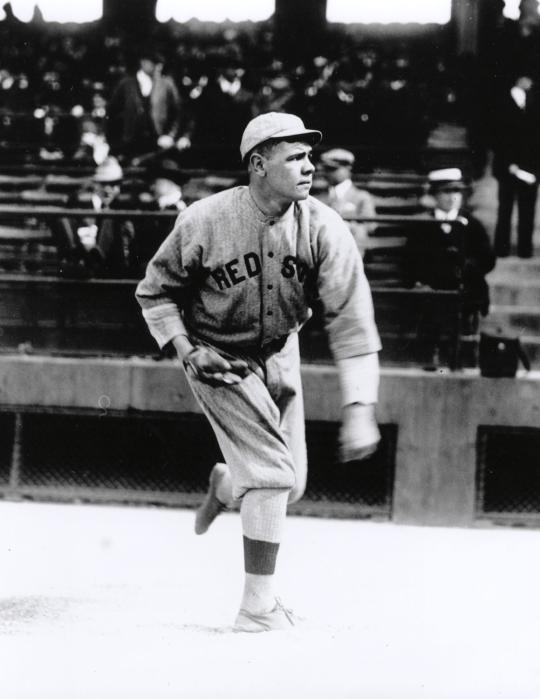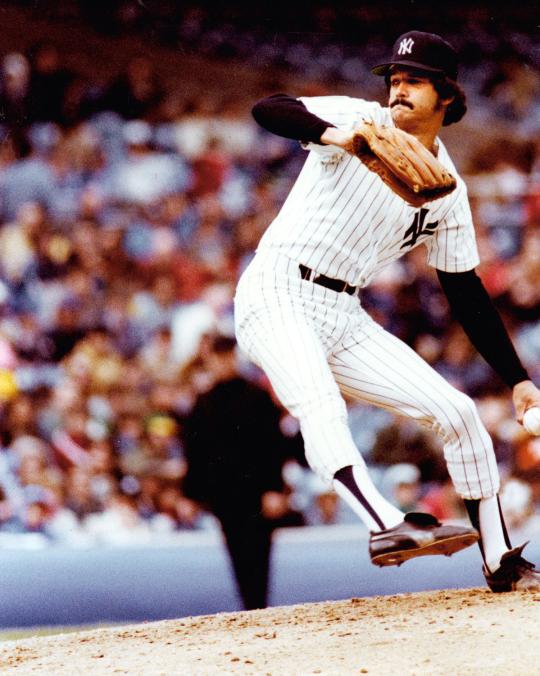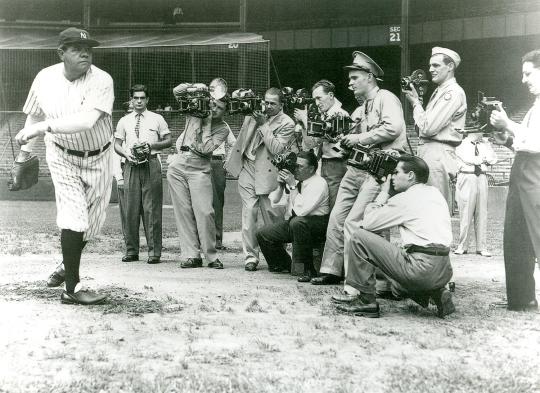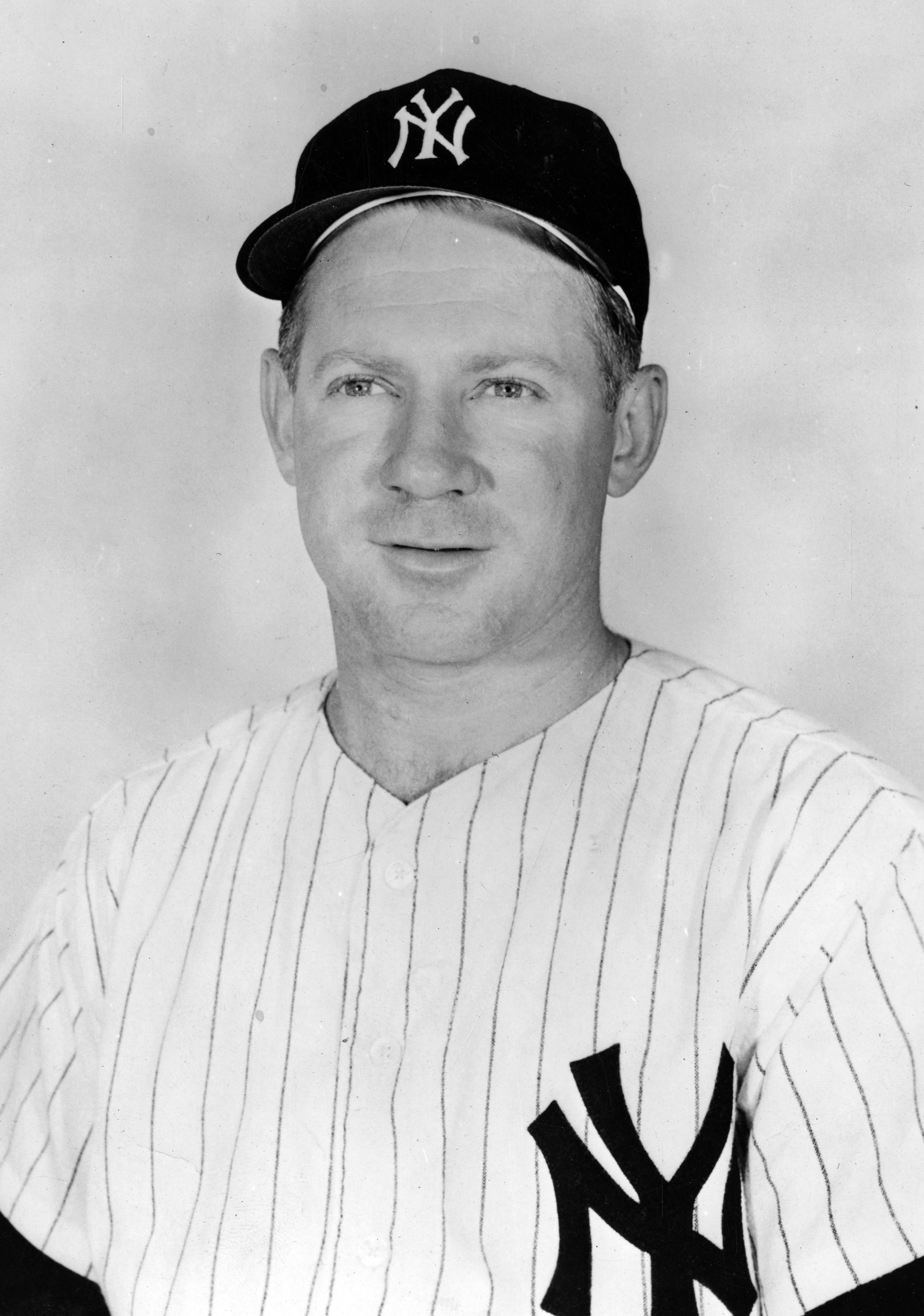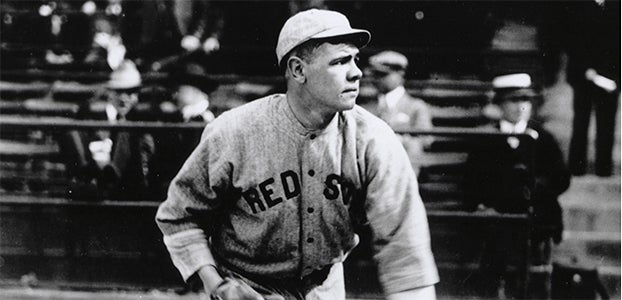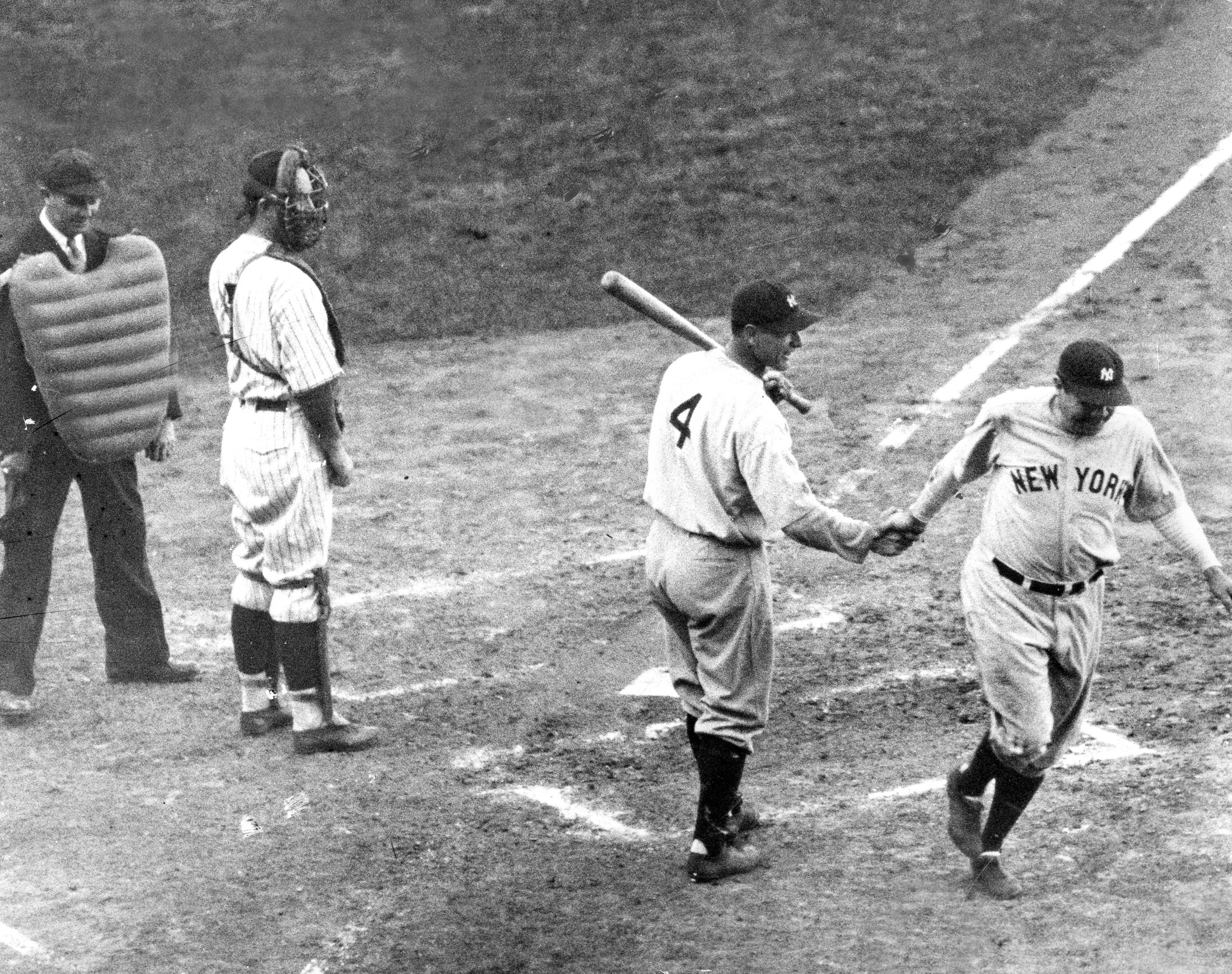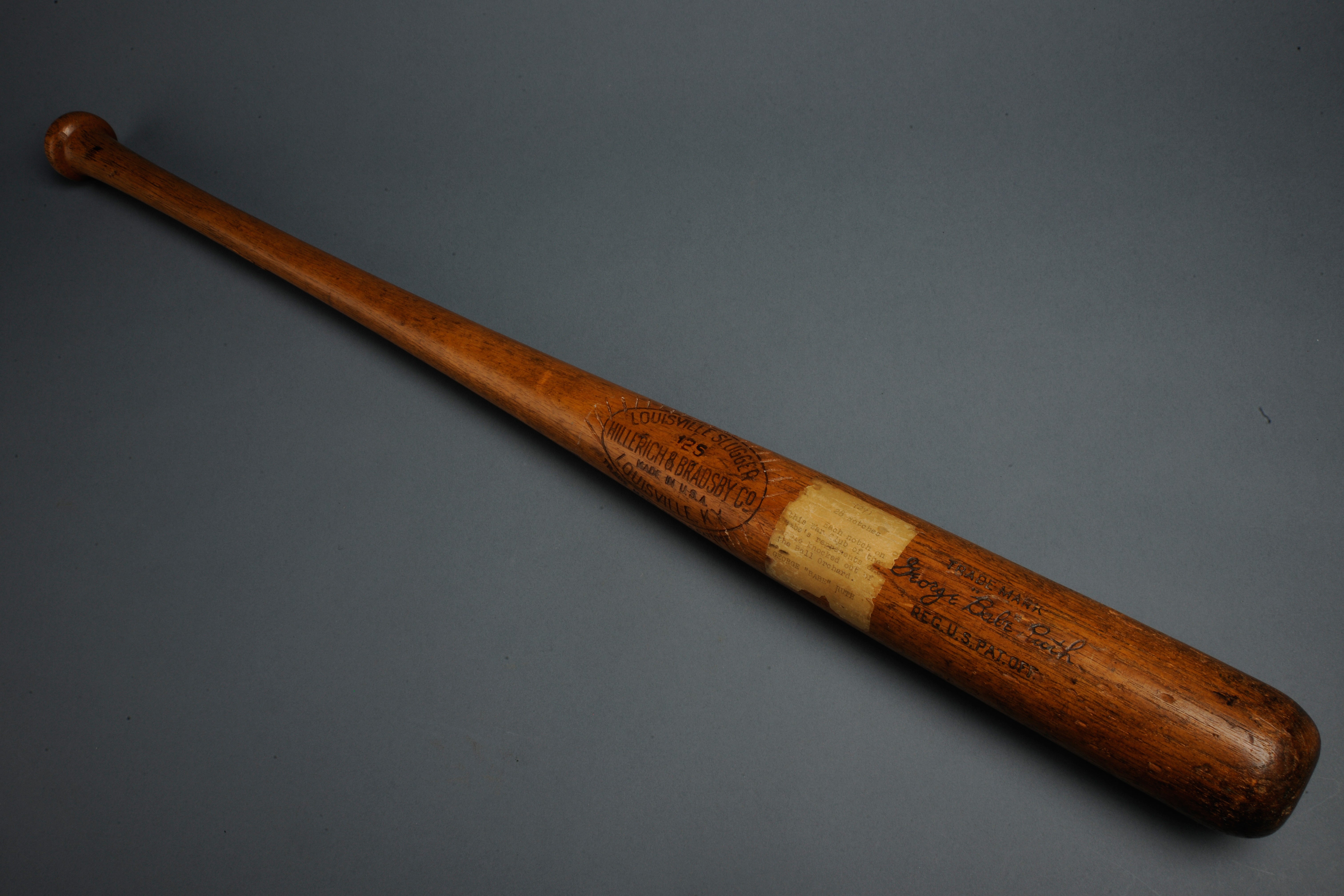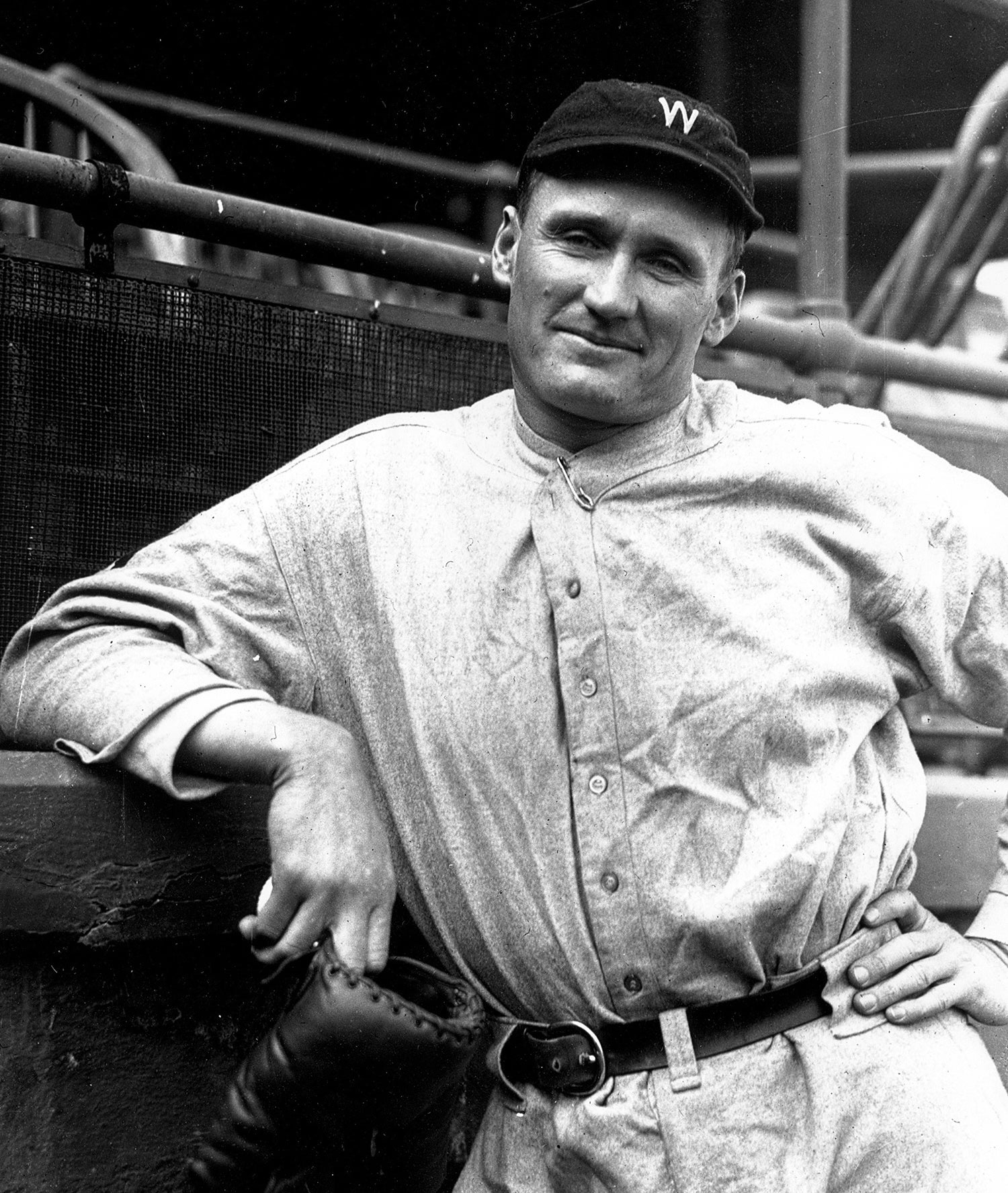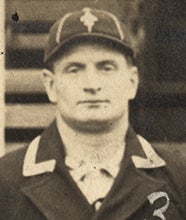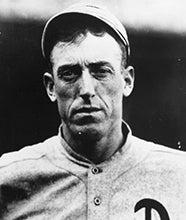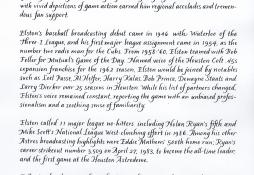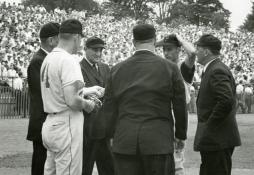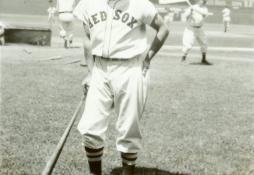- Home
- Our Stories
- #ShortStops: The Sultan of Southpaw Shutouts
#ShortStops: The Sultan of Southpaw Shutouts
Had Babe Ruth not become the fearsome slugger he did, he could have been known as the “Sultan of Southpaw Shutouts.”
In the American League, however, he still is – in part.
Ruth’s hurled his ninth shutout of the 1916 season on Sept. 29, blanking the Yankees 3-0 at Fenway Park, but he had to get himself out of a late jam, very nearly missing out on breaking the record. With New York having loaded the bases in the eighth inning, Ruth caught a come-backer off the bat of Les Nunamaker and doubled up Lee Magee at third base to end the threat.
With that win, the Babe broke the junior circuit’s record for left-handers originally set in 1904 by the Athletics’ Rube Waddell. The mark was later matched by Waddell and three others, including another eventual Hall of Famer, Eddie Plank.
Following the game, the story was more about the Red Sox’s inching their way closer to the American League pennant and a return trip to the World Series, rather than Ruth’s record-breaking performance. The New York Times hinted at favoritism for the home team, alleging that Boston’s hits in the second inning “were scored as hits because the official scorer was in a happy and friendly mood.”
Ruth was coming into his own as a pitcher in 1916. An 18-game winner with a 2.44 ERA during Boston’s 1915 title run, the Babe was being counted upon even more by manager Bill Carrigan the following season.
He responded to the tune of a 23-12 record, a 1.75 ERA, and 170 strikeouts, lifting himself to the top five in several 1916 pitching statistic leaderboards.
The 1916 season was an important one for Ruth. The southpaw won his first four starts and hit his stride in June, picking up three shutouts among his five victories. His two wins in August came by shutouts, including a 13-inning 1-0 duel with Washington’s Walter Johnson (pictured above, left). (National Baseball Hall of Fame)
Share this image:
Ruth won his first four starts and hit his stride in June, picking up three shutouts among his five victories. His two wins in August came by shutouts, including a 13-inning 1-0 duel with Washington’s Walter Johnson.
A ball used in Ruth’s second August shutout, a 6-0 victory on Aug. 24th against Detroit, is preserved in the National Baseball Hall of Fame and Museum’s artifact collection.
Pitching the final two innings and knocking a double against Cleveland the day before, Ruth took the hill against the Tigers that Thursday, as the Red Sox held a tenuous six-game lead on the third-place Motor City ballclub. Riding yet another four-game winning streak, Boston had, over two weeks earlier, propelled itself into first place past New York, Detroit, and Chicago.
Despite walking five batters and surrendering three hits, Ruth worked his way to another shutout – or as the headline in the Detroit Free-Press put it, he put the “[k]alsomine on” the Tigers. Kalsomine is a term synonymous with whitewash, and this was the third time in 1916 Ruth put one on the “Jungaleers.”
As the Free-Press’ E.A. Batchelor described it: “‘Babe’ Ruth was the rock on which the Jungaleers split. The massive southpaw allowed them only three hits, the last of which came in the third inning. If it hadn’t been for ‘Babe’s’ passes, Detroit wouldn’t have been able even to furnish the excitement that the fans craved.”
Following the game, the Red Sox held a 6.5-game lead over New York and Chicago, their widest margin of the season.
Ruth’s pitching mark for American League lefties would last longer than his single-season and career home run records. Though many would come as close as seven or eight shutouts, it was not until 1978 that the record was equaled.
On Sept. 24, Ron Guidry, the lithe Yankees lefty from Lafayette, La., put one of the finishing touches of his 1978 Cy Young Award campaign with his ninth shutout and 23rd win. With that victory against Cleveland, he dropped his ERA to 1.74 – all in all, numbers as good as or better than Ruth’s in 1916 but accomplished in fewer games and with a livelier ball.
After the 4-0 blanking of the Indians, Guidry told the Boston Globe that “they’re all the same. I just take [the games] as they come. I don’t like to think about them because if you start thinking about what you have to do, it could alter what you’ve been doing and it could affect your pitching.”
Guidry’s final master stroke in 1978 occurred in the infamous one-game playoff on Oct. 2 to decide the AL East champion. Picking up the win, though not a shutout, “Louisiana Lightning” would soon lead his team to a second straight World Series title, just as Ruth had done 62 years earlier.
A Yankees jersey worn by Guidry in 1978 is also a part of the Hall of Fame collection.
Hall of Fame Membership
There is no simpler, and more essential, way to demonstrate your support than to sign on as a Museum Member.
Yankees Gear
Represent the all-time greats and know your purchase plays a part in preserving baseball history.
Ruth and Guidry are regularly linked together as Yankees immortals who wore the pinstripes about 50 years apart – their retired numbers and plaques grace Monument Park at Yankees Stadium. However, their pitching feats accomplished over 60 years apart – and when Ruth pitched for the Yankees’ primary rival – remain legendary and unrivalled to this day.
Babe Ruth had a career and life also largely unrivalled. Though they primarily focus on Ruth’s tenure with the Yankees, where his personality and his hitting – and not his pitching – drove his popularity, the scrapbooks created by Ruth’s agent, Christy Walsh, have now been digitized and will be available on Sept. 7 through the Baseball Hall of Fame’s website. Initially 10 in number, the scrapbooks underwent professional conservation and became 25 volumes. These are some of the many items in the Baseball Hall of Fame’s Library collection which have undergone digitization and which will be featured online in the months and years ahead.
Covering the period of 1921 to 1935, viewers will get to see what Walsh compiled on Ruth’s baseball career and his activities on and off the field. As shown by the traveling “We Are Baseball” exhibit and our digitization efforts, the Baseball Hall of Fame wants to bring itself and its treasures to baseball fans across the United States and the world, and the Babe Ruth Scrapbooks will be among the first of many opportunities for an inside look at the Babe that has only before been accessible to those making the trip to Cooperstown.
Matt Rothenberg is the manager of the Giamatti Research Center at the National Baseball Hall of Fame and Museum

